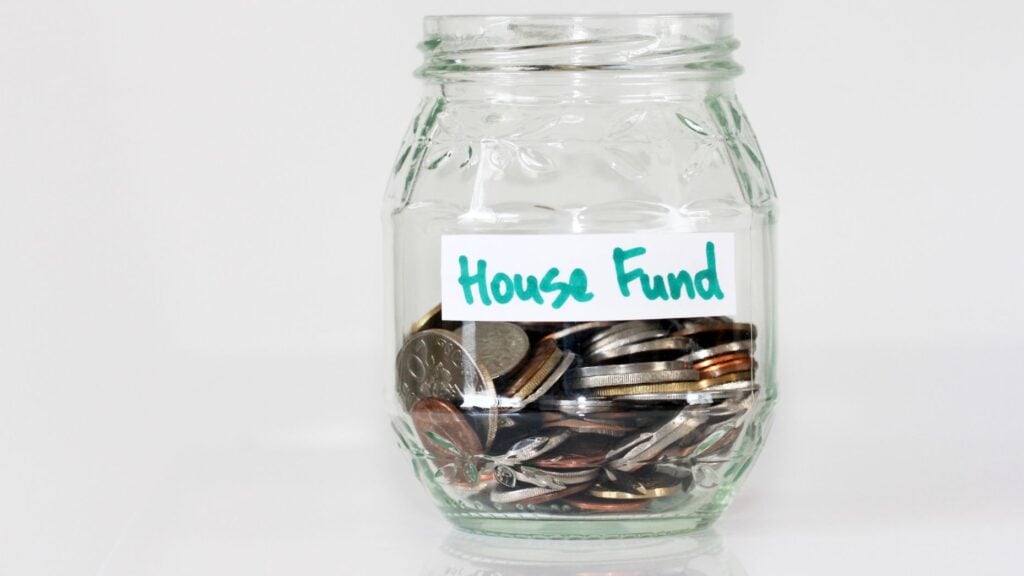“Just like any family who wants the dream of homeownership, we want to have the confidence that we can live affordably, safely and securely,” says Asian American Real Estate Association of America president Tim Hur.
The pandemic has been so hard for all of us. We talk about it all of the time in our Asian American Real Estate Association of America (AREAA) leadership and chapter calls.
And while we take comfort in our group, there is no denying that for the AAPI community (Asian American Pacific Islanders), the challenges have been made greater due to the well-chronicled increase in hate crimes.
I recently read a report from California State University that shared how dramatic the rises in attacks against AAPIs have been. After more than doubling in 2020, attacks skyrocketed even further in 2021, up by another 46 percent to more than 2,000 cases in just 15 cities. In fact, San Francisco, saw hate crimes jump by 567 percent last year. Los Angeles’ AAPI hate crimes increased by 70 percent to more than 600 last year, while New York City cases nearly doubled, to 538.
As AREAA’s past president, Amy Kong, has shared previously, these attacks have had a direct impact on our community’s engagement with the real estate industry. There have been so many in our community who are putting off homeownership and/or moves largely out of fear — they are concerned about how they will be welcomed in their new neighborhood.
But the pandemic has brought about another challenge that is hitting diverse communities like ours especially hard — the increase in home prices.
The National Association of Realtors (NAR) published a report at the start of February titled Double Trouble, which examined the affordability rates of homes in the top 100 American metropolitan areas with a focus on ethnicity and annual household income. The report found two major “troubles” that have been well chronicled — increased home prices and the lack of housing inventory. But never before has NAR taken a deep dive into how these have impacted the Black, Hispanic and Asian communities.
Before I go more in-depth on the report’s findings regarding the AAPI community, let me share some major highlights:
- Nearly 400,000 fewer affordable homes are available for sale for those households earning $75,000 to $99,999, compared to the start of the pandemic in 2020. In December 2021, there were only 245,300 affordable homes for this group around the nation.
- As of December 2021, there were 306,632 properties affordable to those who bring in $100,000 to $124,999. There were more than twice that (796,332) back in 2019.
- Since 2017, Non-Hispanic white Americans’ homeownership rate has remained above 70 percent, while Black Americans remain dramatically behind in the low 40 percent range. Currently, according to the most recent Census quarterly report, Non-Hispanic whites have a 74.4 percent homeownership rate, which is 9.1 percent higher than the overall national average. The Black community is the lowest of all diverse sectors at just 43.1 percent. Hispanics have a 48.4 percent rate, while the AAPI community is 61.2 percent.
NAR also reported that only 51 percent of all housing inventory in the U.S. is affordable to those with household incomes of at least $99,999, compared to 58 percent in 2019. For those in the next bracket up, 63 percent of properties are affordable compared to 71 percent in 2019.
NAR next evaluated the affordability levels of the different ethnic groups. Asian Americans were slightly ahead of the curve as 48 percent of our community makes more than $100,000, while 25 percent of Hispanics and 20 percent of Black households reach this mark.
While we are doing better than most on the earnings front, one of the greatest concerns AREAA is closely monitoring is the migration patterns to see where and how the Asian American community continues to disperse. I believe we are at a critical juncture in the lives of the AAPI community.
The cities where we have a large population are also some of the most expensive in the nation, including Honolulu, San Jose, San Francisco, Los Angeles and New York. And just like any family who wants the dream of homeownership, we want to have the confidence that we can live affordably, safely and securely. This is especially important as our numbers increase. The U.S. Asian population just about doubled between 2000 and 2019 to 22.4 million and is expected to surpass 34 million in 2040.
Affordability levels, along with hoped-for assimilation and job opportunities, are driving the AAPI community to move outside our current strongholds. In fact, NAR’s Double Trouble report found seven of the top 10 affordable markets for people in the $100,000 to $125,000 income bracket are in the South. My hometown of Atlanta is second on the list with 1-in-18 listings being affordable to this group, only behind Deltona, Florida, at 1-in-17.
AREAA’s most recent State of Asia report also focused on the increased affordability and migration patterns of the AAPI community in the South. We found that the AAPI homeownership rate there was 65.4 percent, compared to 61.2 percent in the West (where 45 percent of all Asian Americans live), 58.1 percent in the Midwest and just 55.1 percent in the Northeast. You will likely be surprised to know that Georgia leads the nation with a 66.9 percent AAPI homeownership rate.
The State of Asia report also showed that Texas has grown dramatically in its AAPI population. The AAPI community now makes up at least 6 percent of the population in Houston (7.3 percent), Dallas (7.3 percent) and Austin (6.1 percent). Not surprisingly, Houston, according to NAR’s report, is the 10th most affordable market in the nation for those in the $100,000 to $125,000 range, while El Paso and McAllen, Texas, also show up routinely as affordable housing markets.
Amy Kong recently shared her belief that if you want to know where the AAPI community is going, just follow Kung Fu Tea, a fast-growing franchise popular in our community. If you look at where it has locations, sure enough you would see some surprises. There are 16 in Houston, 12 in Dallas and eight combined in Austin/San Antonio. There are 28 stores within 200 miles of Atlanta, 16 more in South Florida and stores in Alabama and Louisiana. I’ve been to the Kung Fu Tea in Atlanta, and my favorite drink is the classic Milk Tea with Boba, 50 percent sugar.
Along with following store Kung Fu Team store openings for insight, we obviously need more and more data about how the AAPI community. It’s only been five years since AREAA successfully lobbied for the AAPI community to be documented by the U.S. Census, and we are only beginning to scratch the surface of gaining insight.
Not only is NAR doing an incredible job in raising awareness of diversity, equality and inclusion initiatives, it should be applauded for spending the time and energy to look at housing through the lenses of the different ethnic groups.
Tim Hur is president of the Asian American Real Estate Association of America (AREAA), a national nonprofit trade organization dedicated to improving the lives of the Asian American and Pacific Islander (AAPI) community through homeownership. Hur is the managing broker and president of Point Honors and Associates, a boutique real estate firm in Metro Atlanta. Follow him on Facebook and LinkedIn.



 Are You Interested in West Eleventh Residences Miami?
Are You Interested in West Eleventh Residences Miami? Are You Interested in ONE Park Tower by Turnberry?
Are You Interested in ONE Park Tower by Turnberry? Are You Interested in Diesel Wynwood Condominium?
Are You Interested in Diesel Wynwood Condominium? Are You Interested in Five Park Miami Beach?
Are You Interested in Five Park Miami Beach? Are You Interested in Cipriani Residences Miami?
Are You Interested in Cipriani Residences Miami? Are You Interested in Bentley Residences Miami?
Are You Interested in Bentley Residences Miami? Are You Interested in Baccarat Residences Brickell?
Are You Interested in Baccarat Residences Brickell? Are You Interested in Aria Reserve Miami?
Are You Interested in Aria Reserve Miami? Are You Interested in 888 Brickell Dolce & Gabbana | Miami?
Are You Interested in 888 Brickell Dolce & Gabbana | Miami? Are You Interested in 600 Miami WorldCenter?
Are You Interested in 600 Miami WorldCenter? Are You Interested in HUB MIAMI RESIDENCES?
Are You Interested in HUB MIAMI RESIDENCES? Are You Interested in WALDORF ASTORIA RESIDENCES?
Are You Interested in WALDORF ASTORIA RESIDENCES?